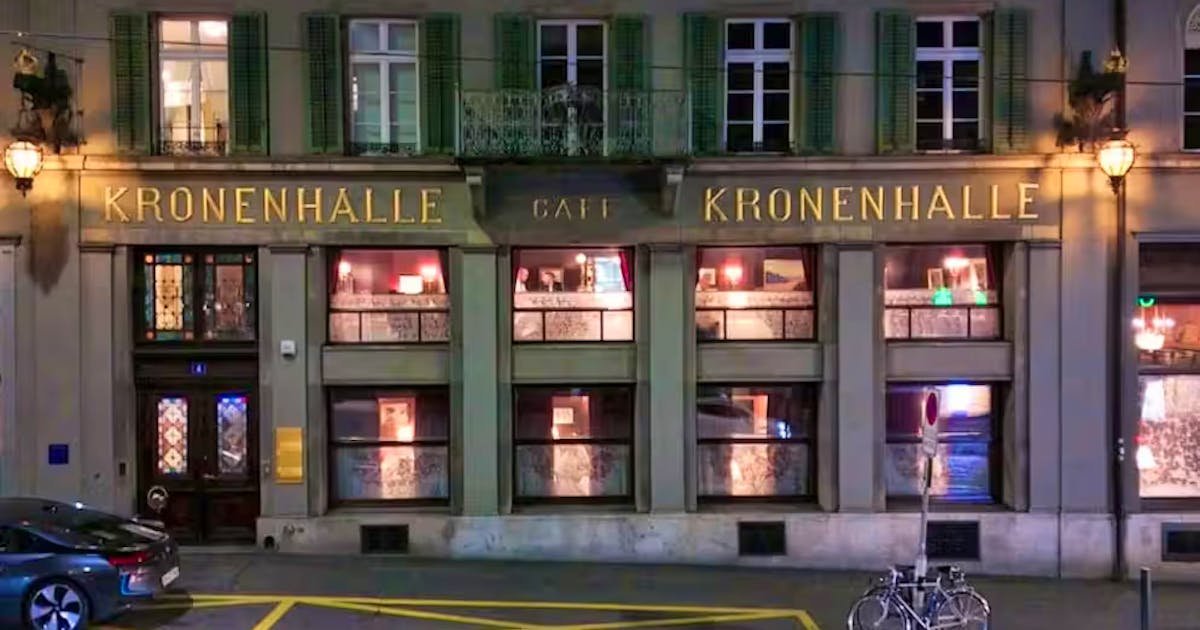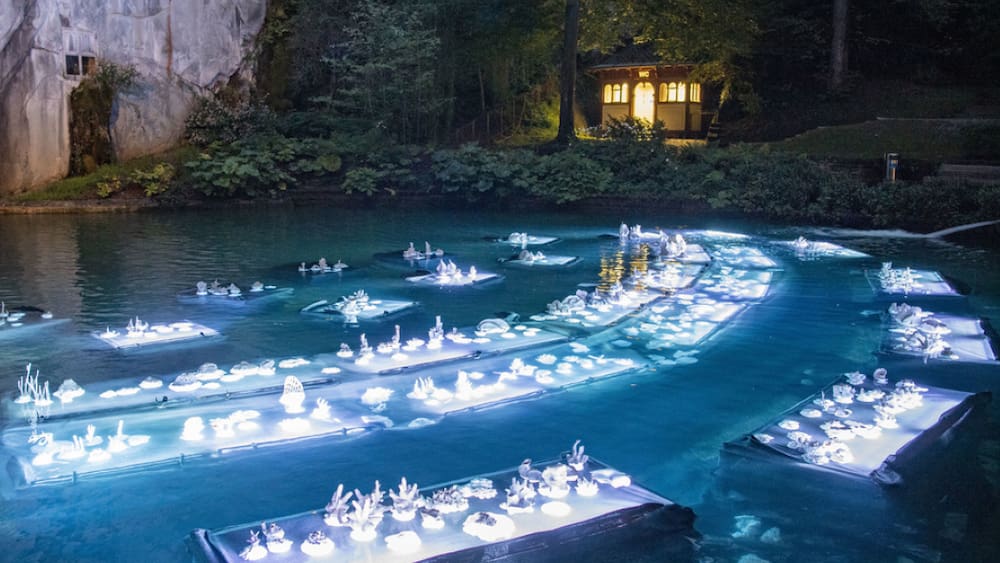The number of these areas increased from more than 400 to about 700 between 2008 and 2019, according to the second United Nations’ World Ocean Assessment on the state of the seas, which was presented in New York on Wednesday. In addition to the Gulf of Mexico and the South China Sea, the Baltic and North Seas are particularly affected.
This phenomenon occurs naturally in some marine areas. One reason is algal blooms. After they die, the algae slowly sink and are decomposed by bacteria that consume oxygen. In this way, huge areas can form at the depths, sometimes where there is hardly any oxygen in the water. The entry of nutrients like nitrogen and phosphorous into the oceans aids algal blooms.
The United Nations sees the situation deteriorating further: “It is estimated that man-made nitrogen inputs to the coasts will double in the first half of the twenty-first century,” the report says. In addition, rising water temperatures will also have a negative impact due to climate change.
UN Secretary-General António Guterres described the findings in the report as “alarming”: “Pressures from many human activities continue to stress the oceans, destroy important habitats – such as mangroves and coral reefs – and impede their ability to deal with the impacts of climate change,” Guterres said. He stressed the role of carbon dioxide emissions that destroy biodiversity in seas and threaten coastal areas due to rising water levels.
Meanwhile, the United Nations sees a positive development in the number of accidents involving ships. Accidents in the world’s oceans have decreased significantly in recent years. From 2014 to 2018, 88 ships “lost” each year, compared to an average of 120 in the previous five years. There is also progress in reducing air pollution from ship emissions. In addition, oil spill incidents are still rare.

“Tv specialist. Friendly web geek. Food scholar. Extreme coffee junkie.”






More Stories
North Korea has a new (propaganda) song, sorry sausage
Plane from Olympic Airlines: Ellinikon's Boeing 727 is designed in a new location
The United Nations must come to the rescue – also in Geneva – News